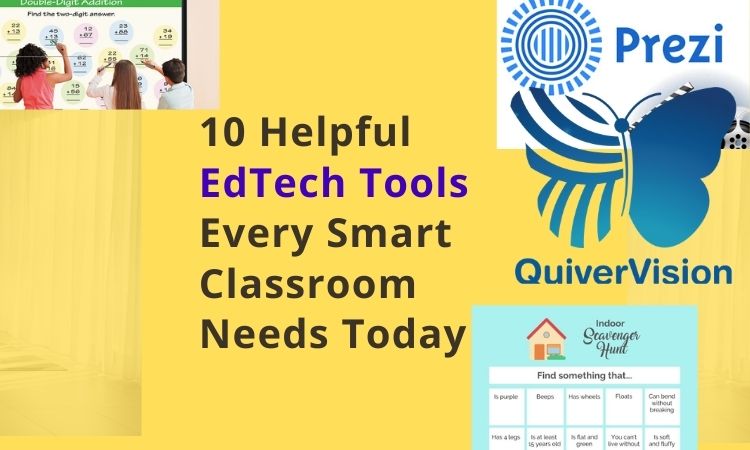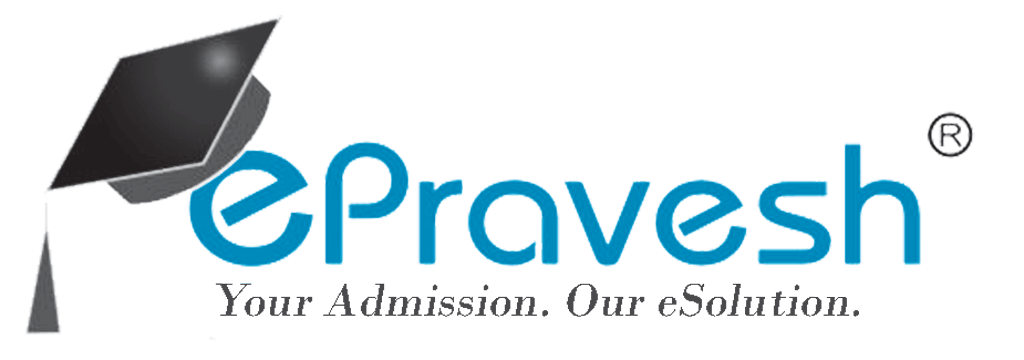
We have to adapt to the changing of the traditional classroom to remote learning. It can be quite challenging since it’s new territory for some of us. There is a lot to learn, from editing videos to inserting comments in the work of your students.
We’re here to help.
These are 10 tools that can help you navigate your way around the new virtual classroom.
Article Contents
1. Interactive whiteboard
Most educators, especially the older ones, are used to chalkboards or whiteboards. Our current situation doesn’t exactly make it easy to use whiteboards.
Or does it?
Online whiteboards provide the same features as normal whiteboards. But these offer more opportunities for collaboration.
You can write on it like a normal whiteboard and use it for a visual representation of what you’re teaching. This becomes useful when you’re teaching math concepts.
The downside to this is it’s hard to write with a mouse as you would with a marker. It just feels way different! This can be solved by buying a drawing pad that you will connect to your computer.
But what if it’s too much an investment to buy a drawing pad? You can also type in whatever you would want to write. It’s cleaner and faster. Also, you can add other things on the whiteboard like photos, music, and even videos!
Your students can then be granted access to collaborate with you on your whiteboard. They can add pictures, write their thoughts, and create a whole mind map with you.
2.Mentimeter
Polls are always a fun way of starting a class. It’s nice to exercise the students’ critical thinking and ability to make decisions. But then it’s always a hassle to count the votes.
What if you had a way to show the students the question and give them buttons they can click to cast in their votes? That’s what Mentimeter is for.
Mentimeter not only helps you elevate the looks of your presentation but also does the tallying for you. Just prepare your poll or survey, send the code to your students, and watch as the magic happens. You can see the results in real-time and you can just share your screen so everyone in the class can see as well.
3. Voice Typing
Some students can’t attend synchronous classes because of the lack of a strong internet connection. Not everyone has access to it and that’s okay.
But they also need to see what happened in the synchronous class. Sending a video might not be the best solution in this situation. A transcript of the lesson would suit them better. But transcribing from your videos can also be a challenge.
This is where voice typing comes in.
Voice typing turns the things you say into typewritten words. Many programs offer this feature. One of the best would be from Google Docs and our old pal, Microsoft Word. MS Word is highly recommended as you can use it offline as well. And if you have an Apple device or a Chromebook, which is a great gadget for students, you can find several tutorials online on how to install Microsoft Office in them.
4. Mote.me
Virtually grading the outputs of our students has become a vital skill in today’s setting. We need to learn how to add comments to their papers. It’s not as simple as what we’re used to where we just write it down. Now there are many steps before we can add a comment to a document.
But what if we can make it easier?
Mote.me is a Google Chrome extension that lets you attach voice messages as comments. It works just like a normal comment but instead of the student reading what you want to say, they hear your voice.
How does this help you as an educator?
Recording a voice message is faster than typing down your comment.
How does this help the students?
Hearing your voice makes it easier for them to understand what you mean because they can hear your tone. The comment doesn’t get lost in translation since they know how you’re feeling through your tone.
5.Canva
Canva is a pretty familiar tool by now to a lot of people. Be that as it may, it’s still one of the most helpful tools we use when crafting our presentations.
Hundreds of templates to choose from and over a million stock images ready for your use. There is also an endless collection of fonts and filters to choose from. All you got to do is drag and drop elements and you’re good to go.
If the available templates don’t fit what you’re looking for, then start from scratch. Look for free PowerPoint templates and see if anything fits what you need. Then you can look up elements that’ll help you explain the topic and boom! Awesome presentation! Having template backgrounds and drag and drop elements will make your workflow faster.
6.Scavenger Hunts
If you’re teaching younger students, it’s always a challenge to match their energy and help them focus on the topic at hand. A scavenger hunt can help bridge those two goals together.
Scavenger hunts can be fun to do but challenging to organize. It gets even more challenging because we’re all stuck inside! This is why using a tool like goosechase.com can be a lifesaver.
In goosechase.com, you can set up challenges for your students to do at home. It then helps you tally those challenges to see which teams earned the most points.
For example, you’re teaching children about hygiene. You can add challenges like “shoot a video of how your brush your teeth.” The children would then get excited to shoot videos to submit to you while they learn more about it later.
7. Creatability
Creatability is a rollercoaster ride for your senses. Google refers to these tools as “Experiments”. These tools have a variety of purposes but all of them were made so students can have fun. One of the experiments put together drawing and music wherein the stroke of your pen is dependent on the sound you make.
These are awesome energizer activities for hyperactive kids. If the students are feeling a bit sleepy from studying at home, these can definitely liven up their spirits.
It’s important to have breaks and be silly for the sake of fun sometimes.
8. Google Lens
This gives a new meaning to having all the internet’s knowledge at your fingertips. If you see something that you’re unfamiliar with, all you have to do is take a picture and Google Lens will give you information about it.
“Oh look, a pretty flower that I don’t know the name of.” Google Lens can help you identify it and give you more information about it.
“That machine looks so cool, I wonder what it’s for?” Google Lens can help you understand how it works.
With this tool, children can go explore the things that interest them as much as they want.
9.Quiver Vision
Coloring can be an awesome way of introducing new topics to younger students. Giving them a printout of a volcano and asking them to color the lava from orange to deep red helps them understand that the core of the volcano is hot.
But what if we can bring it to life?
Quiver Vision helps you with just that.
Ask the students to color the printouts and then watch them come to life together. Augmented reality helps the students understand the lesson better through activities and interactions.
Seeing something in front of them gives the students a whole new understanding and appreciation of the topic.
10.Prezi video
Videos can be awesome teaching materials. The students can be entertained while watching the video, capturing their attention and helping them focus. But making them can be quite intimidating especially with all the editing.
Prezi Video integrates the smooth and aesthetically pleasing animation of Prezi on top of your video. You can shoot a video of you explaining the topic while the animation happens right beside your head.
This takes the pressure of learning how to edit off of your hands. Prezi Video’s interface is pretty easy to navigate, making sure you don’t get lost in editing.
11. Eklavvya
Remote learning giving rise to digital assessment. Online exams for students can be conducted with multiple choice questions, descriptive questions, online virtual interviews are also one of the option.
Eklavvya tool provides advance secure browser, proctored exams which can be attempted from any device securely with live monitoring facility. It also has facility to do auto descriptive answer evaluation where AI algorithm can assist for evaluation of subjective/ descriptive answers.
Key Takeaway
Finding the right tools to help you make your materials will speed up your work process. Instead of using complicated tools to edit, you can use options that only require you to drag and drop. Instead of wracking your brain for energizers, why not let them go crazy with art to blow off steam.
At the end of the day, if it helps the students learn better and reduces the time spent getting ready, it’s a win-win.

